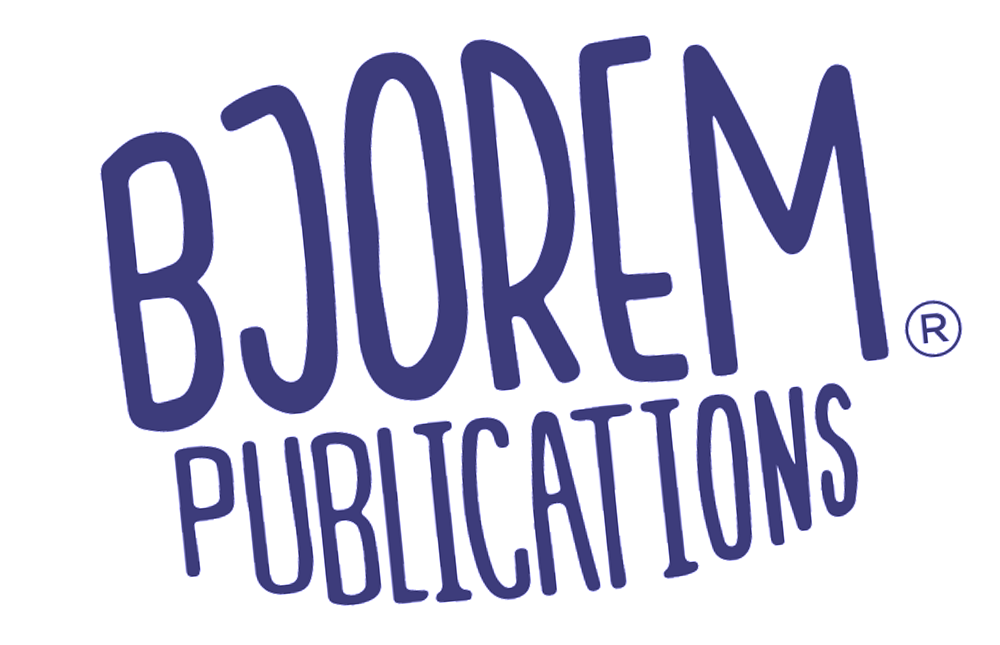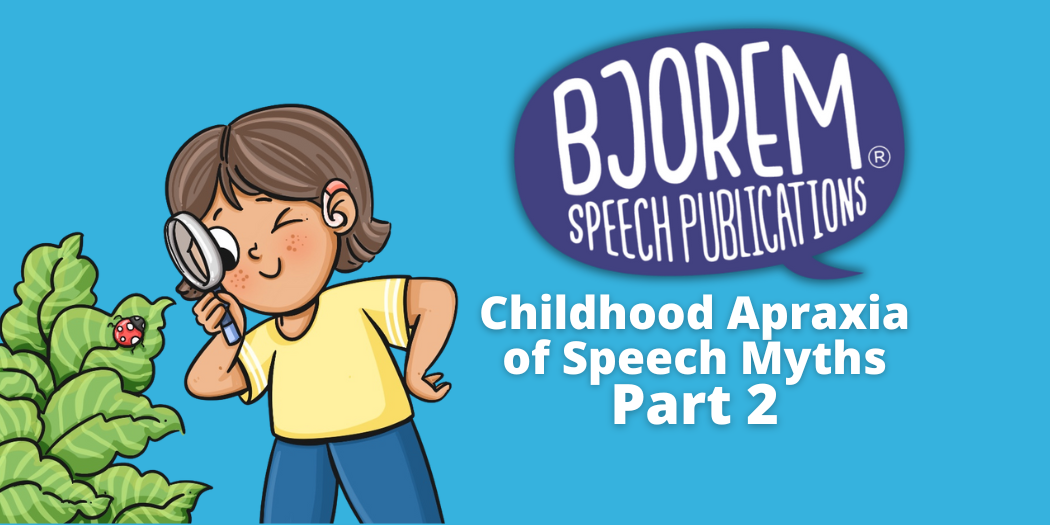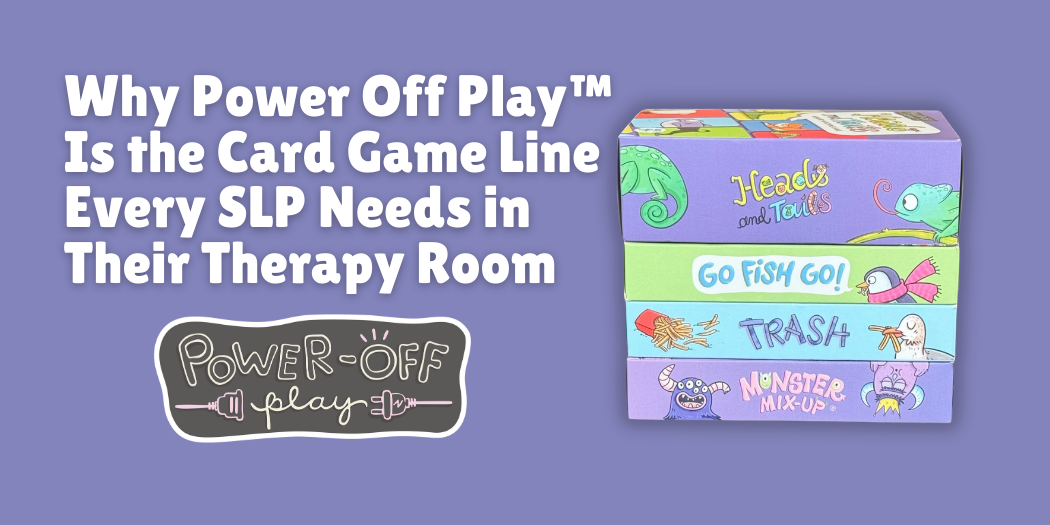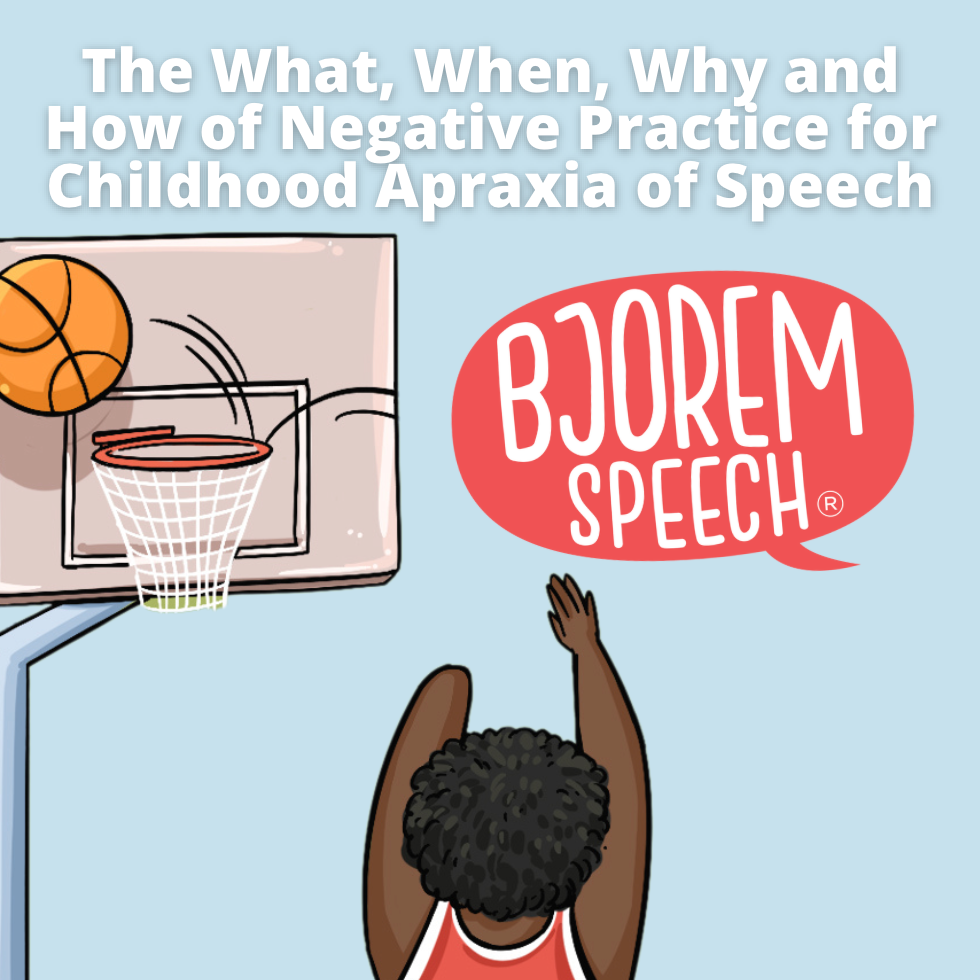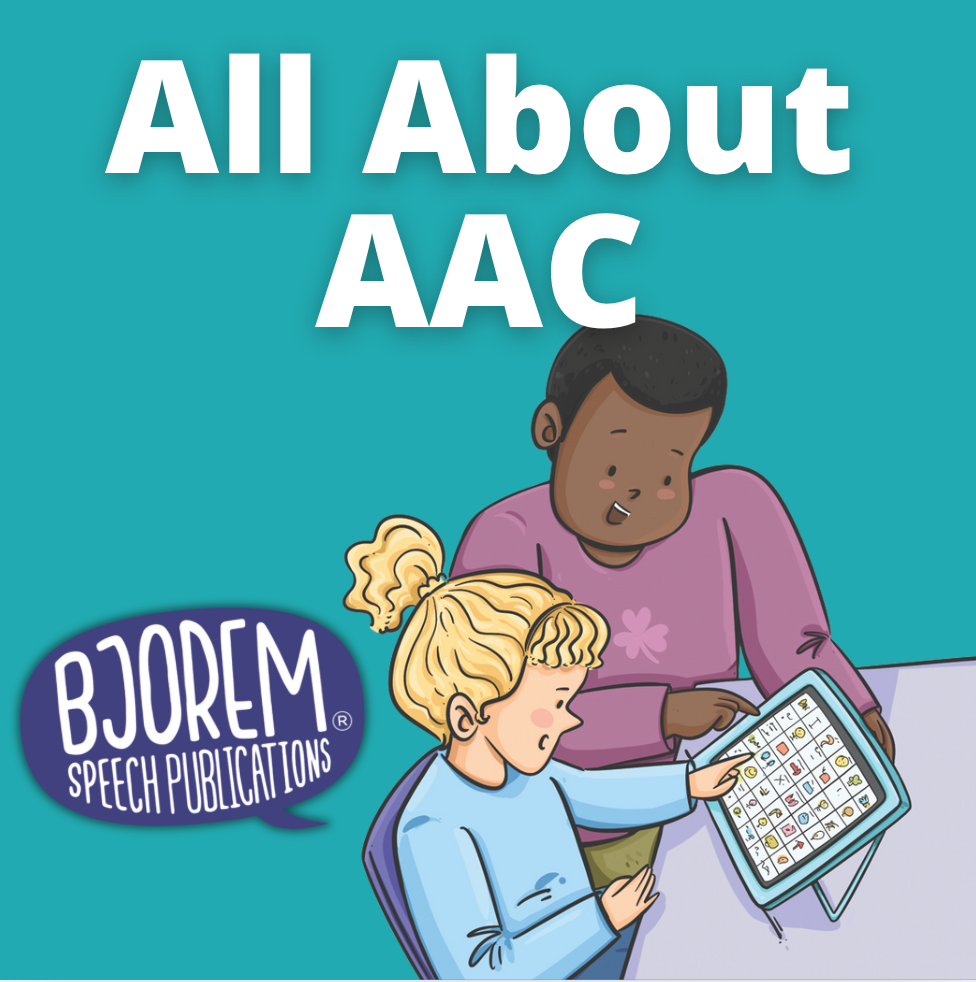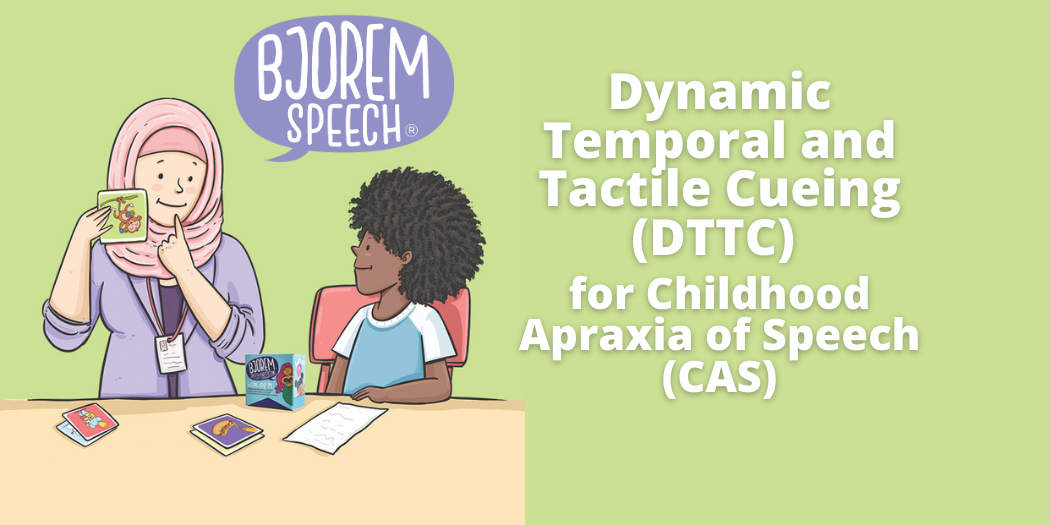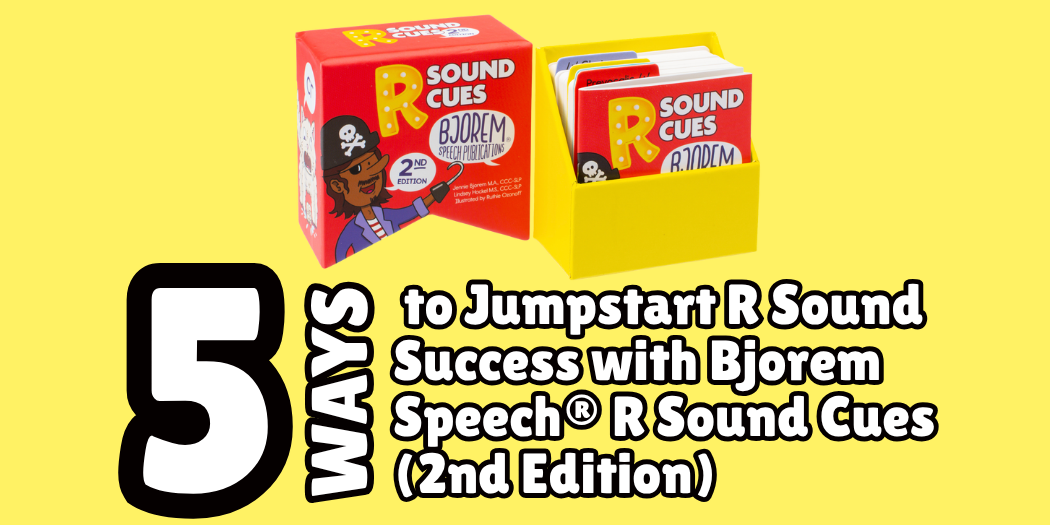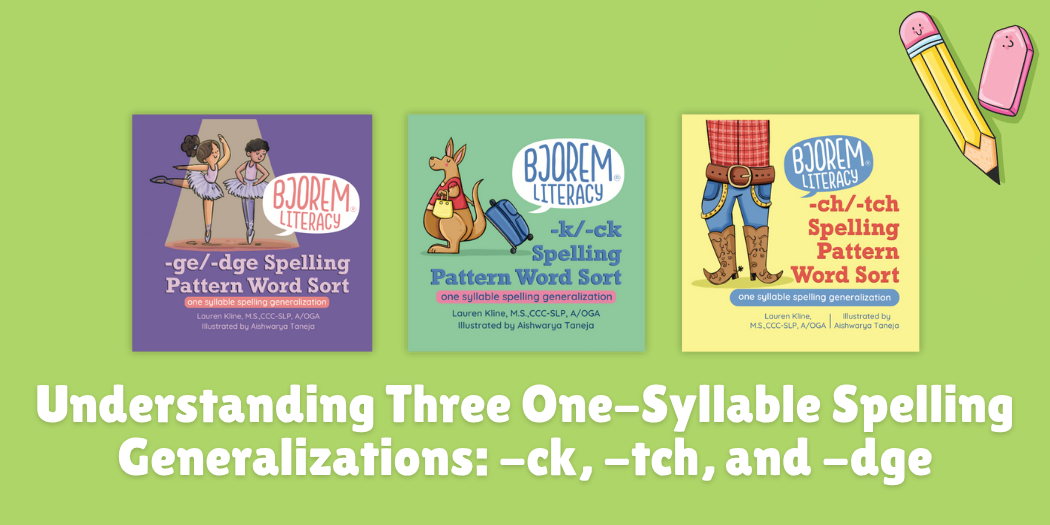By Breanna Waldrup SLP: Apraxia Expert
In a previous blog post, we discussed CAS Myths. We know that CAS is a unique speech sound disorder, although having CAS doesn’t exclude the presence of another speech sound disorder. It’s important to obtain an accurate, differential speech sound diagnosis so that we can provide an evidence-based treatment that is designed to address the underlying deficit(s) of the child’s disorder. If we do this and approach therapy in a connection-focused way, the child will likely make their optimal progress.
Now let’s look at several more myths about childhood apraxia of speech.
Myth – All children with apraxia grope while trying to speak
Articulatory groping is considered a discriminative characteristic of apraxia. If a child gropes while performing multiple speech tasks, it is more likely that they have childhood apraxia of speech then another type of speech sound disorder. However, not all children with apraxia demonstrate this characteristic or demonstrate it at all times in their communication development. There is not a single defining characteristic of childhood apraxia of speech. The other consideration is that you may only see groping in certain contexts. Some children with apraxia will demonstrate groping during spontaneous speech but more often in my experience you will see groping during elicited speech tasks when you are asking the child to produce novel motor speech plans that they haven't previously rehearsed or that are more motorically complex.
Myth – Children with apraxia have weak muscles
Part of the definition of childhood apraxia of speech from the 2007 American Speech-Language Hearing Association (ASHA) technical report is that CAS is a speech sound disorder that occurs in the absence of neuromuscular deficits. This means that if a child has weakness, it is not caused by apraxia. If a child is demonstrating weakness, that means that the child either has a different speech sound disorder, such as dysarthria, that includes neuromuscular deficits, or the child has a mixed motor speech disorder in which they have both apraxia and dysarthria. Another possibility is that the child has a co-occurring condition that is causing weakness. If a child truly has apraxia and also has weakness, we need to be looking at and considering what is causing that weakness and how that might need to be addressed.
Myth - Children with apraxia have difficulty with non-speech oral movements
Difficulty with non-speech oral movements is a separate diagnosis called non-verbal oral apraxia (NVOA). Children with childhood apraxia of speech specifically have difficulty motor planning and programming for speech. A child with CAS may or may not also have difficulty with non-verbal oral movements. If a child has one type of movement disorder or one type of difficulty with praxis it is more likely that they will have difficulty with other types of movement, so a child with CAS is more likely to have difficulty with non-speech oral movements. They’re also more likely to have difficulty with other movements of their body, especially fine motor movements. A frequently co-occurring diagnosis with CAS is developmental coordination disorder (DCD), in which a child experiences increased difficulty motor planning and programming gross and fine motor movements. While NVOA and DCD do co-occur with CAS for many children, there are also children with CAS who do not experience other motor planning difficulties.
Myth – Childhood apraxia of speech can not be diagnosed before age 3
While this is a myth it is also nuanced and the details matter. We need to be very careful diagnosing childhood apraxia of speech under the age of 3 because we have to consider typical motor speech development that occurs in the first three years of life.
Our information on typical motor speech development isn't great - we don't have well-established norms and there’s quite a bit that we don’t know. But if we think about the features of childhood apraxia of speech, we realize that several features of CAS are also not uncommon in very young children who are just starting to talk.
For example, it's common for 1 and 2-year-olds to have vowel errors and to be still figuring out vowel differentiation in typical motor speech development in English speakers. If a two-year-old is making vowel errors, that is not necessarily a characteristic of childhood apraxia of speech.
It is similar with voicing errors. It’s not unusual for children who are just developing speech as one- and two-year-olds to have difficulty with the precise timing that's required for voicing. It’s not unusual to hear some voicing errors, such as using a voiced cognate for a voiceless sound, in young children, and this is not necessarily an indicator of a motor speech disorder in young children.
Token-to-token inconsistency is another feature that we have to think about very carefully for children under the age of 3 (or maybe even age 5) because children this age tend to be quite inconsistent, even children who are developing speech typically or who may be experiencing some speech delays or another type of speech sound disorder.
Another characteristic of CAS that we need to be careful applying to children under age three is increased difficulty with multisyllabic words. If we think about a child under the age of 3 who is just starting to attempt to say multisyllabic words, chances are they are going to have more difficulty with those words then words with simpler syllable shapes. We know from motor development that children often start with syllables or words with a consonant-vowel (CV) structure (e.g. “ma”) or a reduplicated CVCV structure (e.g. “mama”) and then progress to various syllable shapes and more complex phonotactic shapes, such as CCVC, which are often involved in multisyllabic words. We expect this in typical development, so if we are looking at diagnosing a child under the age of three we need to be careful using that as an indicator of CAS.
To reliably diagnose under the age of 3, the child has to be able to engage in a dynamic motor speech exam and demonstrate several characteristics across speech tasks that aren't due to a delay or are part of typical development.
Myth - Childhood apraxia of speech is diagnosed by a physician or a neurologist
According to ASHA, a speech-language pathologist who has the necessary training and experience is the recommended professional for diagnosing childhood apraxia of speech. At this time, the diagnosis of childhood apraxia of speech is based on the child demonstrating multiple features of apraxia across speech tasks. In order to demonstrate this, a thorough evaluation, including a dynamic motor speech exam, is required. A speech-language pathologist is the only professional who is qualified to administer those speech tasks and analyze the child's productions for those features. A physician may perhaps suspect CAS based on a child's medical history but then a referral should be made to a qualified speech-language pathologist for the evaluation and diagnosis.
Myth – CAS can be treated the same as a phonological disorder or an articulation disorder
The key here is realizing that the underlying deficits causing speech errors for a child with CAS versus a phonological disorder versus an articulation disorder are different. For a child with a phonological disorder, treatment focuses on helping the child to establish accurate phonological representations and patterns and then be able to execute those in their speech. However, for children with childhood apraxia of speech, their errors are due to difficulty with motor planning and programming and sequencing those sounds, so our therapy aim has to focus on movement. Even though children with apraxia might also have a phonological disorder, if we only approach treatment from a phonological perspective, we're not addressing the key deficit of their disorder and they're not likely to make optimal progress.
Myth – A child must have had a stroke or brain injury to have apraxia
In some cases, CAS is caused by a neurological insult, such as a stroke in utero or traumatic brain injury (TBI). In other cases, we might suspect that a child who was born premature may have experienced some periods of time in which there was hypoxia (low oxygen) that may have caused CAS. CAS is also associated with developmental disorders and is being associated with an increasing number of genetic disorders. However, in many cases, childhood apraxia of speech is idiopathic and the cause is unknown. As medicine continues to advance, including imaging and genetic testing, more medical causes of CAS may be identified. But for now, there are many children with CAS for which there is not known underlying medical diagnosis.
Summary
In this post, we tackled several more myths about childhood apraxia of speech. CAS is best diagnosed by a qualified speech-language pathologist and involves identifying multiple characteristics of CAS (not just one feature, like groping) across speech tasks. Weakness or difficulty with non-speech oral movements is not due to CAS. CAS can be diagnosed in a child under age 3, but this should be done with caution and with consideration for typical motor speech development that is occurring in children this age. CAS is best treated using method(s) that focus on the core deficit, difficulty motor planning and programming for speech. While some children with CAS may have a known medical diagnosis that caused the disorder, in many other cases CAS is idiopathic.
To learn more about assessing and treating CAS, check out some helpful links below!

